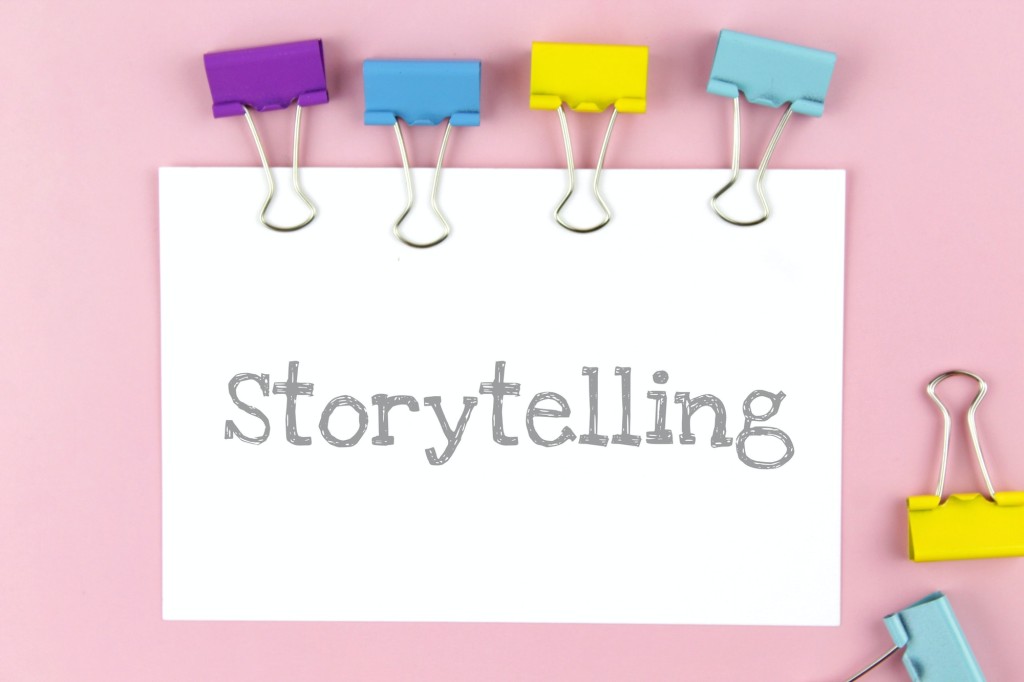
Storytelling has been an integral part of human culture since time immemorial. From ancient civilizations’ oral traditions to modern literature’s written narratives, stories have captivated audiences and transported them to different worlds. However, in today’s digital age, storytelling has evolved with the advent of multimedia techniques. These techniques combine various forms of media, such as text, images, audio, and video, to create immersive and engaging narratives. This topic will explore the significance of multimedia storytelling techniques and their impact on contemporary storytelling.
One of the primary advantages of multimedia storytelling is its ability to appeal to multiple senses simultaneously. Traditional forms of storytelling often rely solely on words or images to convey a narrative. While these mediums can be powerful in their own right, they are limited in their ability to engage an audience fully. Multimedia techniques allow storytellers to incorporate sound effects, music, voice-overs, and interactive elements into their narratives. This multi-sensory experience enhances the emotional impact of a story by creating a more immersive environment for the audience.
Furthermore, multimedia storytelling techniques enable storytellers to present information in a more dynamic and accessible manner. With the rise of digital platforms and social media, attention spans have decreased significantly. Audiences now expect content that is concise yet impactful. Multimedia allows storytellers to condense complex ideas into bite-sized pieces while maintaining narrative coherence. For example, infographics can be used to visually represent data or statistics in a way that is easily digestible for viewers.
Moreover, multimedia storytelling techniques provide opportunities for interactivity and audience participation. Unlike traditional forms where audiences are passive observers, multimedia allows individuals to become active participants in the narrative process. Through interactive elements such as quizzes or choose-your-own-adventure formats, viewers can shape the direction or outcome of a story based on their choices or responses.
One notable example showcasing these interactive capabilities is Netflix’s “Bandersnatch,” an episode of the famous “Black Mirror.” In this episode, viewers are given the power to make decisions on behalf of the protagonist, thereby influencing the storyline. This interactive experience enhances viewer engagement and blurs the line between storytelling and gaming.
Furthermore, multimedia storytelling techniques have revolutionized journalism and documentary filmmaking. With the rise of citizen journalism and user-generated content, traditional news outlets have had to adapt their storytelling methods to remain relevant. Multimedia allows journalists to incorporate video footage, interviews, photographs, and infographics into their reports to understand events comprehensively. This multi-dimensional approach enables audiences to engage with news stories on a deeper level by connecting emotionally with real-life experiences.
In addition to its impact on journalism, multimedia has transformed documentary filmmaking. Documentaries now employ reenactments, animations, and archival footage to bring historical events or social issues to life. By combining different media forms, filmmakers can create a more immersive experience for viewers while conveying factual information.
However, it is essential to acknowledge that multimedia storytelling techniques are also associated with challenges. The abundance of information available through digital platforms can lead to information overload or misinformation if not properly vetted or fact-checked. Additionally, the rapid pace at which technology evolves means that storytellers must constantly adapt their skills and stay up-to-date with emerging trends.
Multimedia storytelling techniques have revolutionized how narratives are presented in today’s digital age. By combining various forms of media such as text, images, audio, and video into cohesive narratives, storytellers can create immersive experiences that appeal to multiple senses simultaneously. These techniques enhance engagement by allowing audiences to participate actively in the narrative process through interactivity and personalization. Furthermore, multimedia has transformed journalism and documentary filmmaking by providing new avenues for presenting information in dynamic and accessible ways. While there are challenges associated with multimedia storytelling, its potential for creating impactful and immersive narratives is undeniable.
